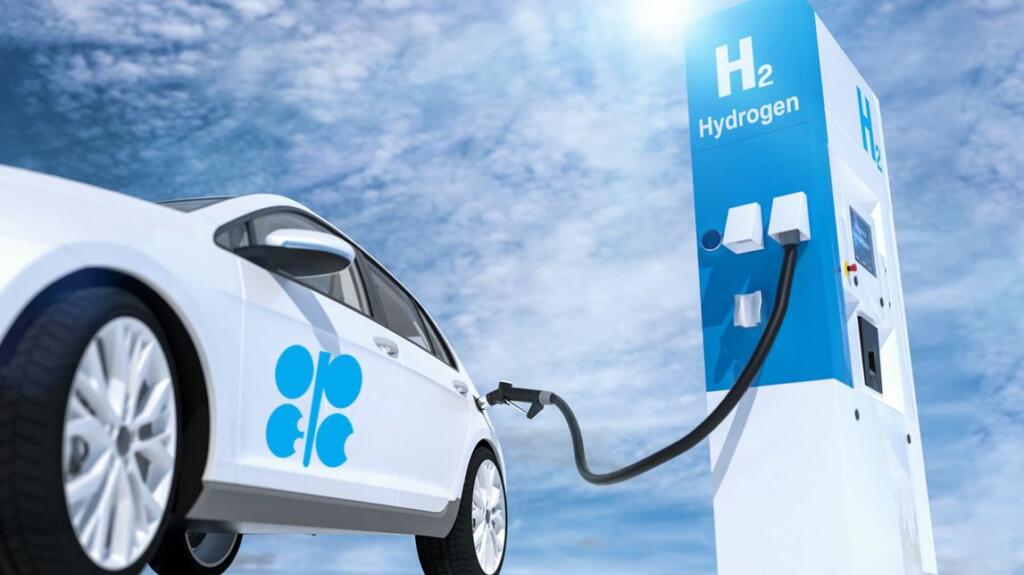To fulfil Prime Minister Modi’s mission to make the country Aatmanirbhar in energy by 2047, the government has launched various incentives and initiatives for new and renewable energy production and consumption. The latest step in this direction is pursuing hydrogen energy. Green Hydrogen/Green Ammonia Policy notified by the Ministry of Power has announced multiple benefits for businesses investing in the production of hydrogen energy.
As per the press release of the ministry, the hydrogen energy producers will get a waiver of inter-state transmission charges for 25 years on the projects commissioned before 30th June 2025. Open access will be granted within 15 days of receipt of an application, connectivity to the grid on priority basis to avoid any procedural delay and many others.
The companies like Reliance Industries Limited, L&T, which are investing in green hydrogen energy, have given very positive reviews of the government’s policy. Energy companies in traditional sectors such as petrochemical are also very encouraged by the new policy and may consider making investments in this technology.
SSV Ramakumar, Director for Research and Development at Indian Oil Corporation (IOC), says the new policy will help cut the cost of manufacturing green hydrogen by 40-50 per cent.
“This (policy) is the single biggest enabler by the state for production of green hydrogen,” he told PTI here.
According to many analysts, the cost of hydrogen energy can be brought down even less than solar energy. “The headline cost of renewable electricity at Rs 2 per kWh (or per unit) is actually the price at the generation site (say solar farm in Rajasthan or Ladakh). This becomes Rs 4 to 7 per unit after adding different levies during its transit through transmission lines in different states,” said SSV Ramakumar.
Green hydrogen production costs come to Rs 500 per kg, and if the price can be brought down by half through scale, efficiency, and technology – it will become a very competitive fuel.
Also Read: Prepare to bid your fossil fuel goodbye! India is leading the blue Hydrogen race!
The hydrogen is classified as blue, green, or grey based on how it is formed. When natural gas is split into hydrogen and CO2, it is blue hydrogen. The CO2 is captured and then stored. Grey hydrogen is formed the way blue hydrogen is, but in this process, the CO2 is not captured and is released into the atmosphere.
Green hydrogen is the fuel produced through the electrolysis of water with the use of renewable power. The water is thus split into hydrogen and oxygen. The green hydrogen produced in this process is free from any emissions as cleaner technologies like solar power or wind power can be used for the entire process. Also, green hydrogen has numerous applications like industrial feedstock, fuel cell vehicles, and energy storage.
Also Read: Forget EVs, India now has its first Hydrogen filling station!
During his Independence Day speech last year, PM Modi had announced that India will become the biggest exporter of the fuel in the years to come. He also launched the National Hydrogen Mission to encourage the green hydrogen industry in the country.
Presently, the production of the fuel is an expensive process and remains a nascent technology. However, India is looking to develop itself as a global hub of clean energy. If the country can produce green hydrogen energy at globally competitive rates, India would become a net exporter of energy. The countries in OPEC, which earn billions of dollars by exporting oil and gas to India, will be importing hydrogen from India for their domestic use.
India is already the fourth-largest producer of new and renewable energy, and under the leadership of Prime Minister Modi, the country may become a global leader in a few green energy areas like hydrogen energy and bio-fuels.
